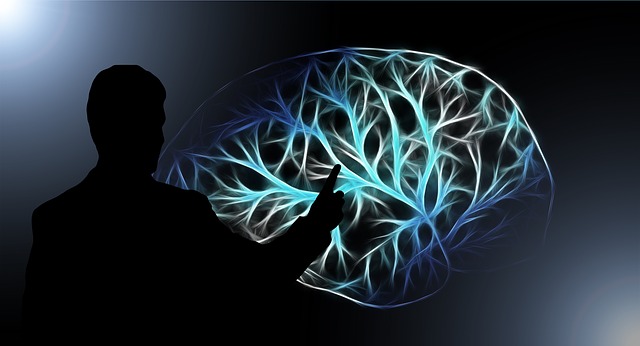
In a world where information is constantly at our fingertips, having the ability to memorize things for long periods is a significant advantage. Whether it’s recalling key data from a business meeting or effortlessly remembering the contents of a book, a strong memory can save you time and give you an edge in both your academic and professional life. Some people naturally excel in this area, achieving remarkable success due to their exceptional memory abilities. Among the different types of memory, two terms often surface: eidetic memory and photographic memory. Lets try to understand them.
While these terms are frequently used interchangeably, they represent two distinct types of memory capabilities. If you’re curious about the differences between eidetic and photographic memory, you’ve landed on the right page. This article will delve into both memory types, how they function, and how you can enhance your memory skills in everyday life. Let’s clear up the confusion between eidetic and photographic memory and explore practical ways to boost your recall abilities.
What is Eidetic Memory?
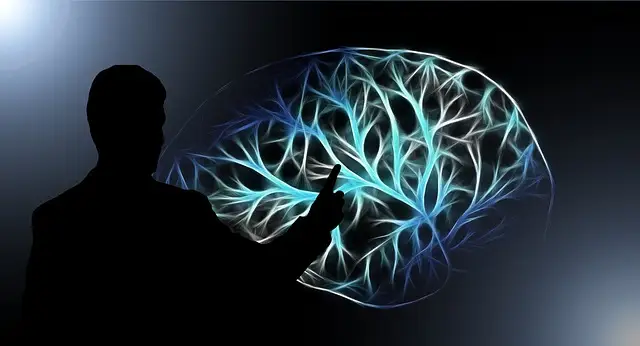
What is Eidetic Memory – Sark Labs
Eidetic memory refers to the ability to recall images, sounds, or objects with incredible accuracy after only a brief exposure. This type of memory is primarily managed by the posterior parietal cortex, located in the parietal lobe of the brain, which processes visual stimuli and retains images for short periods. Eidetic memory is more commonly observed in children, with 2 to 10% of kids aged 6 to 12 exhibiting this ability. However, as language skills and other cognitive functions develop, this memory type often diminishes, becoming virtually non-existent in adults.
Eidetic memory is defined as the ability of a person to recall past scenes with high accuracy, after a brief period of time by just looking at the scene at once. Scientific studies show that eidetic memory is mainly controlled by the posterior parietal cortex present in the parietal lobe of the human brain. This part of the brain is capable enough to process visual stimuli with the ability to retain images for brief intervals of time. Observations state that eidetic memory is generally found among young kids and it may be virtually non-existent among adults.
Experts reveal that children have a better ability to retain eidetic imagery in comparison to adults. This memory type is generally observed among 2 to 10% of the kids between the age group of 6 to 12 years. Studies suggest that various developmental changes such as gaining language skills may affect the eidetic imagery of a person by a considerable level. However, even after several changes, several adults are seen to own phenomenal memories.
What is Photographic Memory?
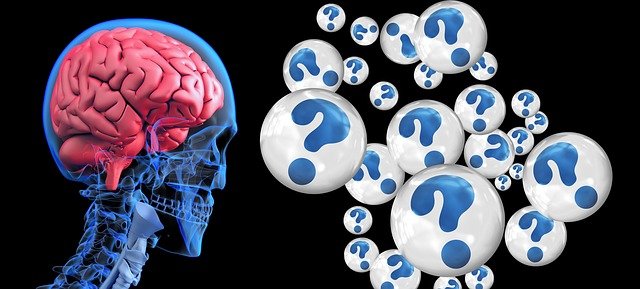
What is Photographic Memory – Sark Labs
Photographic memory definition, on the other side, represents it as the ability to memorize any past scene with high accuracy, even after a longer duration of time. It is important to mention that photographic memory ability can be found very rarely and it is usually difficult to prove. A person with a photographic memory is able to memorize past scenes more like a photograph for the long run. But only a few rare people may have photogenic memory and in most cases, this ability lasts only for a few months.
There has been a long debate in psychology and modern research regarding the existence of photographic memory. Several scientists state that it is not possible to have a person with such a gifted memory ability. Many people dream about having photographic memory but very rarely are able to achieve it. However, experts have devised some methods and techniques to retain information in memory for future use.
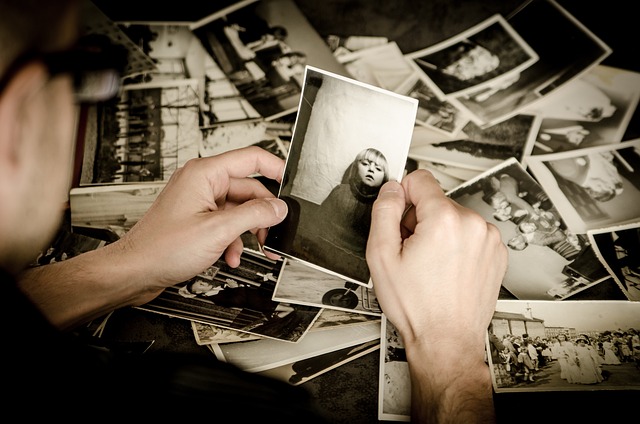
Photographic Memory – Sark Labs
How Eidetic Memory Works?
The eidetic memory definition states that it is a kind of short-term memory. When a person sees something visually, the scene gets saved in the eidetic memory for a few seconds, before it is completed discarded by the brain into short-term memory. When the information is present in the short-term memory, it can be recalled by the person for a few days, weeks, or even months; however, later it is transferred to long-term memory.
When the information is transferred from eidetic memory towards short-term memory, it appears more like information to the brain’s eye instead of an actual picture of that scene. For instance, a person observes his keys on the counter while passing around and later get a thought that he needs to find his keys. Now, your short-term memory will say to you that you have seen those keys on the counter; however, you will not be able to remember the scene as clearly even when you were seeing them.
The presence of didactic memory is widely tested by following Picture Elicitation Method in which they utilize some unfamiliar visual prompt like a photograph or painting. A person who claims to have eidetic memory is allowed to look at that visual for only 30 seconds and then it is taken away. The eidetic would now be able to recall the exact information about that visual. The eidetic images are visually taken out of memory by blinking and once they are gone, it is not possible to retrieve them.
Other than this, the recalling process of eidetic images involves some gaps between what a person sees and what exactly he remembers. This represents the reconstruction of memory in the brain, instead of retrieving exact or accurate information.
How Photographic Memory Works?
Photographic memory on the other side works very differently. The person who has photographic memory may store an image of the target object in long-term or short-term memory. A person who claims photographic memory can see the object clearly in their mind with closed eyes. It works like they have stored a photograph of that scene in their brain and it can be retrieved even after a few weeks if they see the object. However, having such a type of memory is a very rare case and one may even find it difficult to prove.
Scientific studies show that the posterior parietal cortex of the human brain helps to control visual memory. The visual memory further allows us to retrieve essential information such as mental images of places, people, and things. In general, these mental images are stored in the brain just for a few seconds before switching to short-term memory and then forgetting them forever. There is very little evidence on the existence of photographic memory and you may also find skepticism about eidetic memory. Reports reveal that this skepticism increased due to a study published in the 1970s by a famous scientist Charles Stromeyer. That study revealed that one student, Elizabeth, was having the ability to recall poetries written in some foreign language just after single reading; however, she was observed to be the only person who passed the test. These findings later became questionable when the researcher got married to the subject. Several researchers are still working on the concept of photographic memory to validate the claims made by several people.
Eidetic Memory vs. Photographic Memory: The Debate
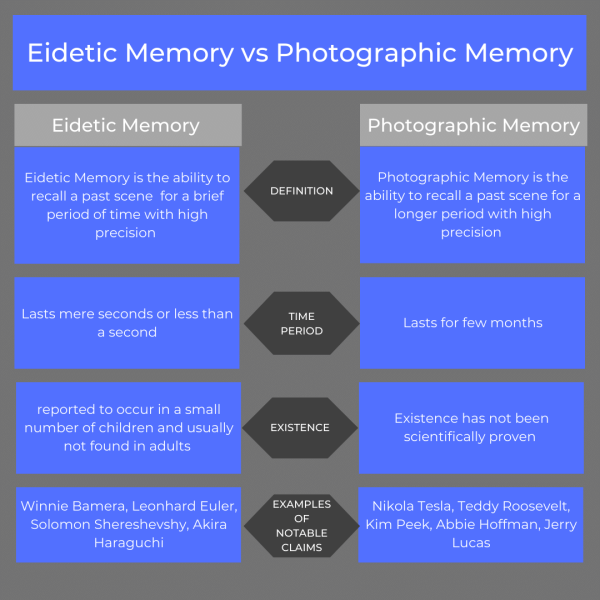
Eidetic Memory vs. Photographic Memory – Sark Labs
There is a considerable difference between eidetic memory and photographic memory. It is possible to find every person having eidetic memory at a certain stage of life and this memory is likely to stay just for a few seconds, not more than that. On the other side, photographic memory is supposed to stay for a longer period such as a few months.
It is possible to find a huge debate about the existence of photographic memory among researchers and psychologists. Many scientific experts believe that such a type of memory cannot exist in the real world. The arguments state that people who remember things clearly for a longer duration of time may be using some advanced techniques for memory enhancement. Experts believe that no one can see the image of past instances clearly in their mind after a long time.
In reality, no one has found any evidence of the existence of photographic memory. Several researchers are still studying the concept of picture memory because many people claim to have such ability. There are so many conflicting statements about photographic memory. A group of researchers that studied the histories of several people claiming photographic memory including Darwin reveal that photographic memories may exist. The conclusions drawn from observations state that this ability is directly influenced by the intelligence of the person.
However, another group of researchers that investigated eidetic memory provided opposite results. These researchers made observations from three different groups of people that were reported to have varying levels of intelligence. Surprisingly, people with high and average intelligence didn’t show the ability to retain information after a few seconds. But people with impaired cognitive response were able to remember details even after a long time.
No matter whether the concept of photographic memory exists in the real world or not, scientists have identified several strategies to support the human brain’s ability to remember more details out of scenes.
How to Improve Your Memory: Practical Tips and Techniques
When we talk about photographic memory, we must say that a person is either born with it or doesn’t have it. Although many people claim to have photographic memory they actually do not have it. But the great news is that if you are willing to sharpen your memory, you can do that by following some trusted tricks. There are some specific exercises and food habits that you need to develop to improve your cognitive function.
Below we have listed a few trusted tips and tricks to help you improve your memory ability to store information for a longer duration:
Improving general memory:
The best thing one can do to achieve photographic memory is to work on general memory enhancement. You can find several effective methods to do so and it will automatically help your brain to stay active. Some of the best options are playing crossword puzzles and a few other mind games that can help your brain to develop the habit of remembering facts and figures. You can try to train your brain to recognize new information or pictures with previously stored information. When you learn to work on the association, this technique can be implemented over almost anything. The best part is that it can help you to remember things longer than just a few seconds. People that use associations are able to improve their recall ability by a considerable level.
Using military method to improve Memory:
As the name indicates, this method is originated from military training. Although there is very less evidence on the effectiveness of this technique, many people report successful results for improving memory with the military method. In order to start the military method, you should first commit yourself to some necessary exercises. This process may usually take a few months to complete and it is important to maintain consistency to achieve desired results. Even if you miss the exercise for just one day, it will take you back by almost one week of progress.
The idea is to sit in a dark room that is free from distractions. Get a bright lamp that you can turn on and off conveniently. Some people also consider a closet with a ceiling light or a windowless bathroom is the best choice for this exercise. Now get a tiny piece of paper, make a hole of the size of the paragraph that you wish to memorize from the book. Put that paper perfectly on the book or document so that you can see only the target paragraph through it. Now sit comfortably in the selected windowless room; make sure you are able to turn the light on and off without moving much. Adjust the distance between the book and your eyes carefully. Now turn on the light, look at the paragraph, turn off the light. You must be able to have a visual imprint of that paragraph in your mind when the lights are closed. Repeat this process multiple times until you are able to remember every word of that paragraph correctly. Experts advise doing this exercise daily for at least fifteen minutes to improve photographic memory.
Practice Memory with objects and cards:
You can also boost your memory capacity by using a deck of cards or maybe a group of objects such as dominos. The idea is to train your brain to remember whatever it sees. Take a deck of cards such as playing cards or UNO cards and then choose three cards from the deck randomly. Now memorize the cards and place them back into the deck. Shuffle the deck and try to find the cards that you memorized recently. Also try to put them in the right order, in which you memorized them earlier. With time, you should add more cards to your practice and one day you will end up memorizing the entire deck.
Some people also practice this with dominos or some other objects that belong to the same group but have a different identity. You can draw them in a specific order and try to memorize them in the same order. Repeat the process again and again while increasing the count of objects in the list.
Eliminate distractions and improve focus:
Another great solution to enhance your memory ability is to recall images and information to maintain complete focus on whatever you wish to memorize. Try to eliminate distractions from your surroundings while memorizing images so that you can retain more information for later.
We understand that it is not always possible to eliminate distractions when you are trying to memorize something. Most of the time, there are so many things going around, people talking, or some other noise in the background. In order to remember information in such scenarios, you must develop hyper-focus abilities for memorizing things. Make a regular practice of blocking out distractions from your surroundings and it will soon show a positive impact on your memory ability.
Foods to improve memory ability:
Scientific studies show that there are some foods that can improve your memory ability by a considerable level. One of the best recommendations from experts is to consume omega 3 fatty acids as they can reverse the loss of memory with age. When you are interested to develop great memory, it is good to ensure that you are receiving enough omega 3 fatty acid content in your daily diet. It can be obtained through your weekly salmon dose or through supplements.
Another research study shows that coffee plays an important role in improving memory ability. Although consuming too much coffee can be a bad thing for your health, the appropriate dosage can do a miracle for your memory. Getting one cup of coffee in the morning can help you to enjoy better brain function, cognitive power, and memory recall ability throughout the day.
Few scientific evidence also recommends choline as a powerful memory booster. It is possible to find enough content of choline in egg yolk. Your daily dose of fried or hardboiled eggs can help you boost your short-term memory ability by a considerable level. Other than this, experts also link a high protein diet to great memory ability. You can consider luteolin nutrient also a great source for memory enhancement.
Mnemonic systems:
Another great recommendation from experts to enhance memory ability is mnemonic systems. They can help the human brain to retain information for a longer duration of time. There are several types of Mnemonic systems available these days. One of the best solutions is acronyms which are basically abbreviations developed using the first letter of a group of words. Most people these days have started using acronyms as an essential part of their conversation but very few of them realize that it is the most effective way to remember new information. You can also try chunking to remember more information. As the name indicates, it is all about organizing information into small chunks or groups for easy recall.
Whether you’re aiming to develop eidetic memory, achieve the elusive photographic memory, or simply enhance your overall recall abilities, the strategies outlined in this article can help you on your journey. By practicing these techniques consistently, you can significantly improve your memory and cognitive function.
Ready to take your brainpower to the next level? Join our 5-Day Intelligent Reading Masterclass where you’ll learn cutting-edge techniques to boost your memory, speed reading, and cognitive skills. Don’t miss out on the opportunity to unlock your full potential.
About the author : Rajneesh Barapatre
Share This Story.
Join our mailing list today
Insider offers & flash sales in your inbox every week.
Curabitur non nulla sit amet nisl tempus convallis quis ac lectus dolor sit amet, consectetur adipiscing elit sed porttitor lectus.

